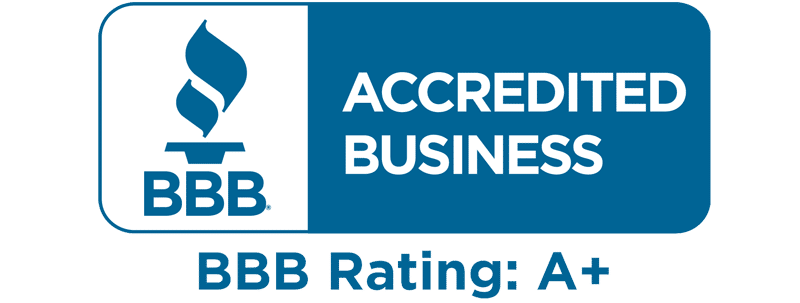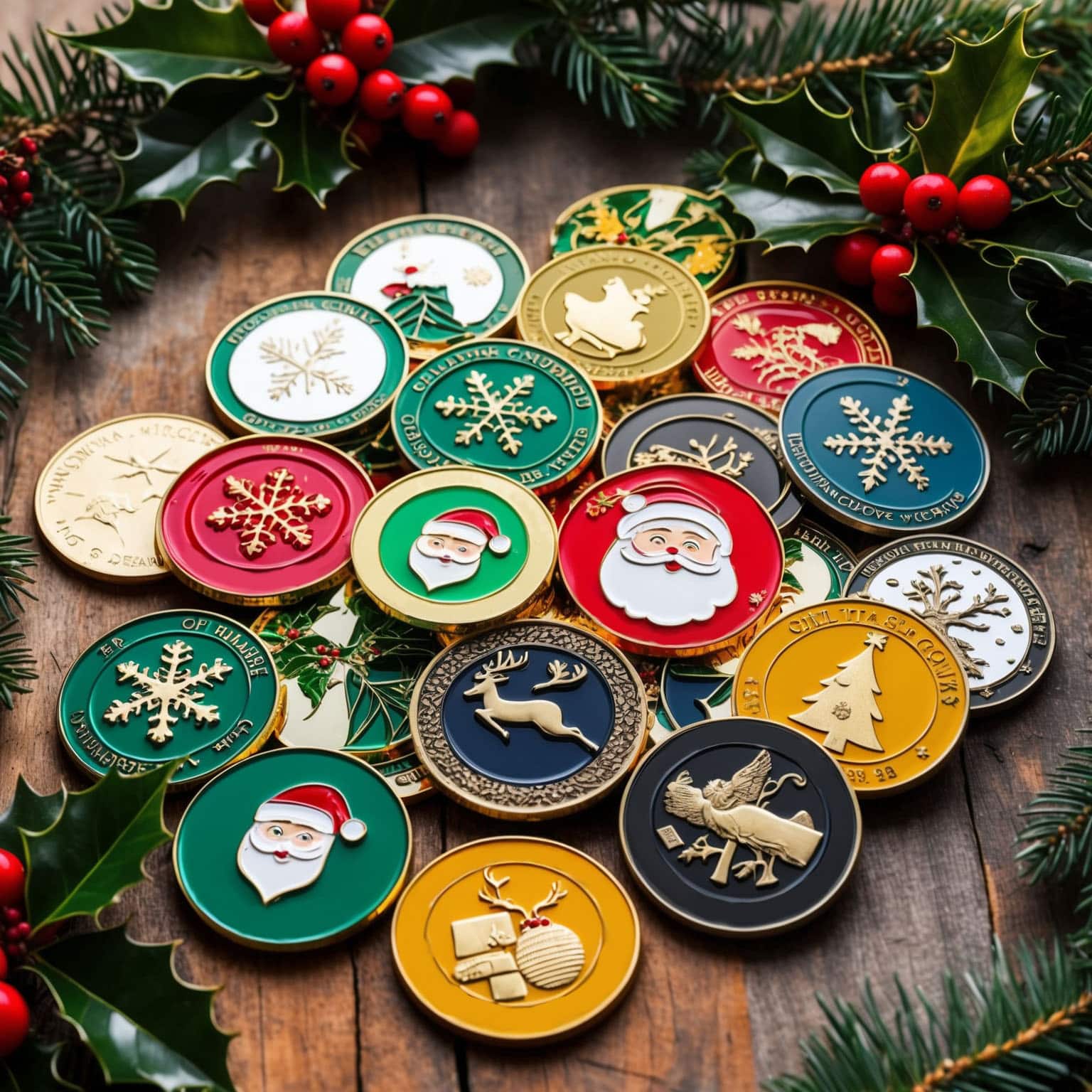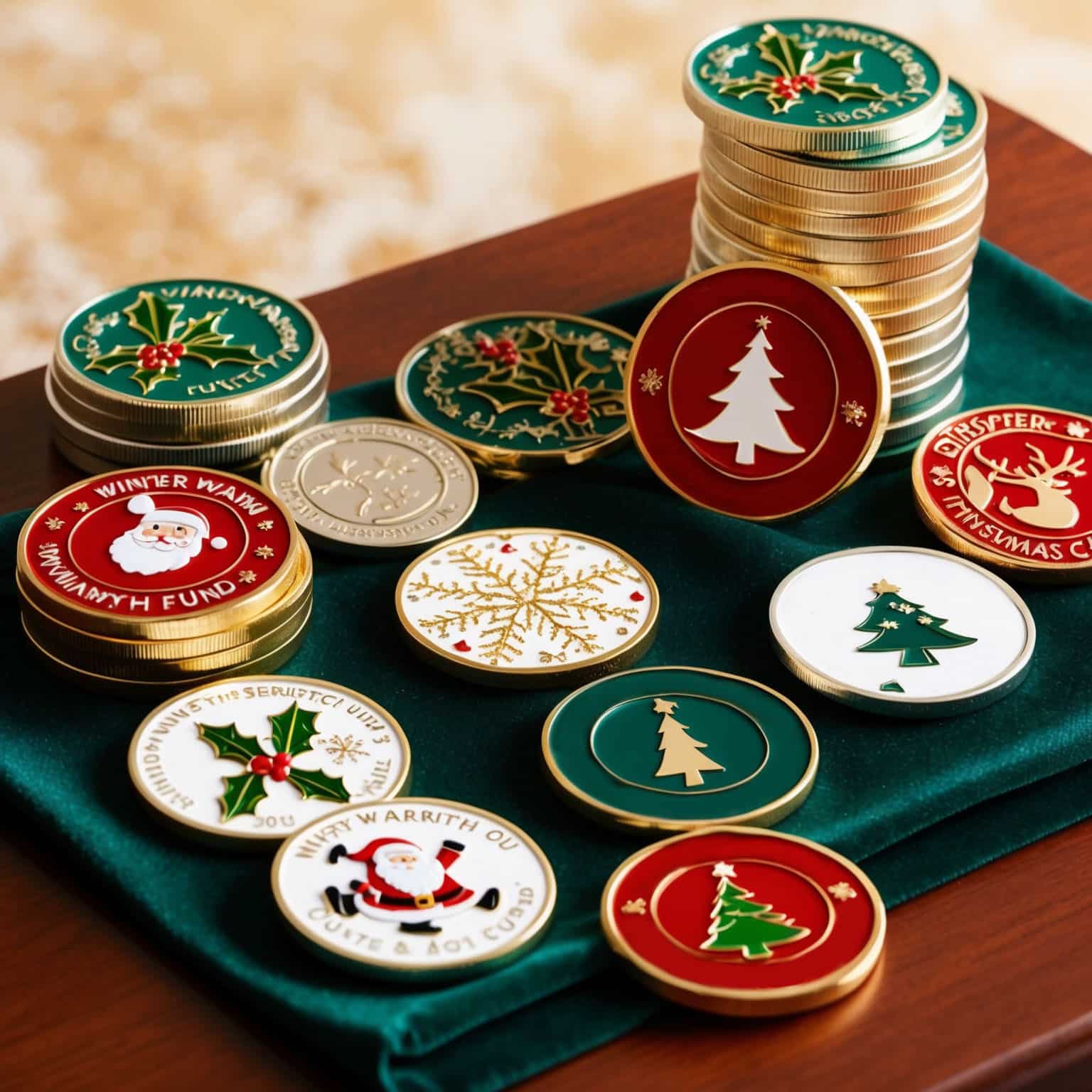The Role of Challenge Coins in Emergency Medical Services
Emergency Medical Services (EMS) professionals are the unsung heroes of our communities, providing life-saving care in high-pressure situations. Their work is demanding, both physically and emotionally, and their dedication to saving lives often goes unnoticed. One powerful way to recognize and honor the efforts of these professionals is through the use of challenge coins.
Challenge coins, with their deep-rooted tradition in military history, have evolved into a meaningful way to recognize achievement, foster camaraderie, and celebrate milestones in various fields, including EMS. These coins serve as tangible symbols of the values, skills, and dedication that define EMS professionals. However, designing effective challenge coins for EMS requires a careful balance of symbolism and practicality to ensure they are both meaningful and functional.
In this article, we will explore how to design effective challenge coins specifically tailored for Emergency Medical Services. We will discuss the importance of symbolism, the need for practical design elements, and how to create a coin that resonates with EMS professionals while also serving as a lasting memento of their service. Whether you are an EMS organization looking to honor your team or an individual seeking to commemorate a significant milestone, this guide will help you create a challenge coin that is both effective and meaningful.
The Importance of Symbolism in EMS Challenge Coins
Symbolism is a powerful tool in the design of challenge coins, especially for professions like EMS, where every symbol can carry deep meaning. The imagery, colors, and text on a challenge coin should reflect the values, traditions, and mission of EMS professionals, making the coin a true representation of their dedication and service.
1. Reflecting Core Values and Mission
The core values of Emergency Medical Services—such as compassion, integrity, teamwork, and dedication—should be prominently reflected in the design of effective challenge coins. These values are the foundation of the profession and serve as guiding principles for EMS professionals in their daily work.
How to Implement:
- Symbolic Imagery: Incorporate symbols that represent the core values of EMS, such as the Star of Life, which is universally recognized as the symbol of emergency medical care. The six points of the Star of Life represent the six functions of EMS: detection, reporting, response, on-scene care, care in transit, and transfer to definitive care.
- Incorporating the EMS Motto: Consider including the EMS motto, “So Others May Live,” on the challenge coin. This powerful statement captures the selflessness and dedication of EMS professionals and serves as a reminder of their mission.
- Values-Based Design: Design elements that represent the values of teamwork and collaboration, such as interlocking hands or linked chains, can reinforce the importance of working together in EMS. Additionally, symbols of compassion, such as a heart or an open hand, can highlight the caring nature of the profession.
2. Honoring Service and Sacrifice
The nature of EMS work often involves significant personal sacrifice, including long hours, exposure to traumatic events, and the physical demands of the job. Effective challenge coins should honor these sacrifices, recognizing the commitment and bravery of EMS professionals.
How to Implement:
- Memorial Elements: Include elements that honor fallen EMS professionals, such as a thin white line (a symbol similar to the thin blue line for law enforcement) or a candle representing remembrance. These symbols pay tribute to those who have made the ultimate sacrifice in the line of duty.
- Recognition of Bravery: Symbols of bravery, such as a shield, a lion, or a flame, can be incorporated into the design to recognize the courage required in emergency medical services. These elements can be paired with the EMS logo to create a cohesive design that honors both the profession and the individual.
- Personalization: Adding personal details, such as the recipient’s name, service dates, or a specific incident number, can make the coin more meaningful. This level of personalization transforms the coin into a cherished keepsake that acknowledges the recipient’s unique contributions and sacrifices.
3. Celebrating Milestones and Achievements
Milestones and achievements are significant in the career of any EMS professional. Whether it’s the completion of rigorous training, the successful handling of a major incident, or years of dedicated service, these accomplishments deserve to be celebrated.
How to Implement:
- Service Milestones: Design coins that commemorate service milestones, such as 5, 10, 15, or 20 years in EMS. These coins can include elements like laurel wreaths, stars, or service bars to signify longevity and dedication.
- Incident-Specific Coins: Create challenge coins to commemorate specific incidents, such as a mass casualty response, a natural disaster, or a major public health event. These coins can include details such as the date, location, and a brief description of the incident, along with symbols that represent the type of response required.
- Training and Certification: Recognize the completion of specialized training or certification programs with custom challenge coins. These coins can feature symbols related to the training, such as a heart monitor for Advanced Cardiac Life Support (ACLS) or a pediatric symbol for Pediatric Advanced Life Support (PALS).
4. Fostering Team Spirit and Unity
EMS professionals work closely as a team, often relying on each other in life-and-death situations. Challenge coins can serve as symbols of team spirit and unity, reinforcing the bonds that are so essential in this line of work.
How to Implement:
- Team Symbols: Incorporate symbols that represent the team, such as a linked chain, a circle of hands, or a knot. These elements can emphasize the strength of working together and the interconnectedness of the team.
- Shared Identity: Use the challenge coin to reinforce a shared identity among EMS professionals. This can be achieved by including the logo of the EMS organization, the team’s motto, or other elements that are unique to the group.
- Commemorative Events: Design challenge coins for team events, such as training exercises, EMS Week celebrations, or team-building retreats. These coins can serve as a reminder of the shared experiences and accomplishments of the team.
Balancing Symbolism with Practicality in EMS Challenge Coin Design
While symbolism is essential in designing effective challenge coins, it is equally important to consider the practicality of the coin. The coin should be functional, durable, and easy to carry, ensuring that it serves as a useful and lasting memento for the recipient.
1. Choosing Durable Materials
The material used for the challenge coin will impact its durability, weight, and overall appearance. EMS professionals often carry their challenge coins with them, so it’s important to choose a material that can withstand daily wear and tear.
How to Implement:
- Metal Choices: Common metals used in challenge coins include brass, copper, zinc alloy, and silver. Brass and copper offer a classic, traditional look, while zinc alloy is lightweight and resistant to corrosion. Silver provides a high-end, polished appearance but may require more maintenance to keep it looking pristine.
- Protective Finishes: Consider applying a protective finish to the coin to enhance its durability. Finishes such as epoxy coating, enamel, or clear lacquer can protect the coin from scratches, tarnishing, and other forms of damage. An antique finish can also add a layer of protection while giving the coin a timeless look.
- Textured Surfaces: Textured surfaces, such as reeded edges, raised lettering, or embossed patterns, can enhance the coin’s grip and prevent it from slipping out of the hand. These details not only improve functionality but also add depth and interest to the design.
2. Considering Size and Weight
The size and weight of the challenge coin are important factors in its practicality. A coin that is too large or heavy may be cumbersome to carry, while a coin that is too small may lack the visual impact needed to convey its significance.
How to Implement:
- Standard Sizes: Most challenge coins are between 1.5 to 2 inches in diameter, which provides enough space for detailed designs while remaining easy to carry. Larger coins can be used for special occasions or display purposes, but it’s important to ensure they are still practical for the recipient.
- Thickness: The thickness of the coin can affect its weight and perceived value. A thicker coin feels more substantial and durable, which can enhance its significance. However, it’s important to balance thickness with practicality, ensuring the coin is not too heavy for everyday carry.
- Portability: Consider how the recipient is likely to carry the coin. If the coin is intended to be kept in a pocket, wallet, or keychain, its size and weight should be manageable. For coins intended for display, larger sizes and heavier weights may be appropriate.
3. Ensuring Design Clarity
The clarity of the design is crucial for ensuring that the challenge coin effectively communicates its intended message. This is particularly important for EMS challenge coins, where the symbols and text must be easily recognizable and meaningful.
How to Implement:
- Clear Text: Use legible fonts and ensure that the text is clear and easy to read, even at a small size. Avoid overly ornate fonts that may be difficult to decipher, especially in low light or when the coin is viewed quickly.
- High-Contrast Colors: Choose high-contrast color combinations to enhance the visibility of the design. For example, pairing dark colors with light colors can make text and symbols stand out more clearly. Consider using enamel or other color-fill techniques to add vibrancy to the design.
- Simplified Imagery: Simplify complex images to ensure they are easily recognizable. While detailed artwork can be impressive, it’s important to balance complexity with clarity, ensuring that the key symbols and elements are immediately identifiable.
4. Incorporating Functional Elements
In addition to their symbolic value, challenge coins can also serve practical functions. Incorporating functional elements into the design can make the coin more versatile and useful for EMS professionals.
How to Implement:
- Bottle Opener: Adding a bottle opener to the edge of the coin is a popular way to combine functionality with symbolism. This feature can be discreetly incorporated into the design without detracting from the coin’s aesthetic appeal.
- Keychain Hole: Including a small hole for attaching the coin to a keychain can increase its portability and ensure that it is always within reach. This feature is particularly useful for EMS professionals who may want to carry their coin with them at all times.
- Multitool Features: For a more advanced design, consider incorporating multitool features, such as a flathead screwdriver, ruler, or wrench, into the coin. These practical elements can enhance the coin’s utility and make it a valuable tool in the field.
Best Practices for Presenting and Using Challenge Coins in EMS
Designing an effective challenge coin is only part of the equation; how the coin is presented and used within the EMS community is equally important. The presentation of the coin can enhance its significance and create lasting memories for the recipient.
1. Formal Presentation Ceremonies
A formal presentation ceremony adds gravitas to the awarding of a challenge coin, making the moment more memorable and meaningful for the recipient.
How to Implement:
- Award Ceremonies: Present challenge coins during award ceremonies that recognize EMS professionals for their achievements, service milestones, or acts of bravery. These ceremonies can be held at annual EMS Week events, department meetings, or special recognition events.
- Guest Speakers: Invite a respected guest speaker, such as a senior EMS leader, a local government official, or a community leader, to present the challenge coins. Their presence can add prestige to the event and underscore the importance of the recognition.
- Personalized Presentation: Include a personalized presentation speech that highlights the recipient’s specific achievements and contributions. This personal touch can make the moment more meaningful and create a deeper connection between the recipient and the coin.
2. Informal and Spontaneous Presentations
In some cases, an informal or spontaneous presentation can be just as impactful as a formal ceremony. This approach can add an element of surprise and make the recognition feel more personal.
How to Implement:
- On-the-Spot Recognition: Present a challenge coin to an EMS professional immediately after a notable achievement or act of bravery. This spontaneous recognition can create a powerful moment that reinforces the significance of the accomplishment.
- Peer-to-Peer Recognition: Encourage EMS professionals to present challenge coins to their peers as a way of recognizing teamwork, support, or camaraderie. This peer-to-peer recognition can strengthen bonds within the team and foster a positive work environment.
- Casual Gatherings: Present challenge coins during casual gatherings, such as team lunches, coffee breaks, or after-work socials. This relaxed setting can make the recognition feel more personal and less formal, creating a sense of camaraderie among the team.
3. Creating a Tradition of Challenge Coins in EMS
Building a tradition of challenge coins within an EMS organization can enhance their significance and create a lasting legacy of recognition.
How to Implement:
- Annual Coin Releases: Design and release a new challenge coin each year to commemorate significant events, milestones, or achievements within the EMS organization. These annual releases can become a tradition that team members look forward to and collect over time.
- Special Edition Coins: Create special edition challenge coins for major events, such as the organization’s anniversary, the opening of a new facility, or a major public health response. These limited-edition coins can become highly valued collectibles within the EMS community.
- Legacy Coins: Develop a legacy coin that is passed down from one generation of EMS professionals to the next. This coin can symbolize the continuity of service, the passing of knowledge, and the shared commitment to saving lives.
4. Integrating Challenge Coins into EMS Culture
To maximize the impact of challenge coins, it’s important to integrate them into the broader culture of the EMS organization. This can be achieved by using the coins to reinforce core values, foster team spirit, and celebrate shared achievements.
How to Implement:
- Coin Challenges: Introduce the tradition of coin challenges, where EMS professionals are “challenged” to produce their challenge coin in social settings. Those who cannot produce their coin may be required to buy a round of drinks or perform a small task. This fun tradition can build camaraderie and reinforce the bond between team members.
- Team-Building Activities: Incorporate challenge coins into team-building activities, such as scavenger hunts, trivia contests, or team competitions. Awarding a challenge coin as a prize can add an element of fun and recognition to these activities.
- Cultural Reinforcement: Use challenge coins to reinforce the core values and mission of the EMS organization. For example, include the organization’s values on the coin and use it as a reminder of the principles that guide the team’s work.
Designing Effective Challenge Coins for EMS
Designing effective challenge coins for Emergency Medical Services requires a careful balance of symbolism and practicality. These coins are more than just tokens; they are symbols of the dedication, bravery, and service that define EMS professionals. By thoughtfully incorporating the core values, mission, and achievements of EMS into the design, you can create a challenge coin that resonates deeply with recipients and serves as a lasting memento of their service.
In addition to their symbolic value, it’s important to consider the practical aspects of the coin, ensuring that it is durable, portable, and functional. By choosing the right materials, size, and design elements, you can create a coin that is not only meaningful but also practical for everyday use.
Finally, the way in which challenge coins are presented and integrated into the culture of the EMS organization can enhance their impact and create lasting traditions of recognition. Whether through formal ceremonies, spontaneous presentations, or team-building activities, challenge coins can play a vital role in celebrating the achievements and contributions of EMS professionals.
As you embark on the journey of designing and implementing challenge coins for your EMS organization, remember that these coins are more than just objects—they are powerful symbols of the commitment, sacrifice, and unity that define the field of emergency medical services.
If you are interested in a unique personalized challenge coin, you can call us at 800-371-6256 or fill out a FREE quote form.








